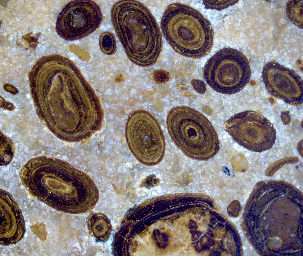Date:
Location:
Speaker: Dr. Itay Halevy from Weizmann Institute of Sciences
Tilte: "The geologic history of seawater δ18O"
Abstract: The isotopic composition of O in seawater (δ18O) is a fundamental property of Earth’s oceans, which is key to paleoclimate reconstructions and to our understanding of the origin of water on Earth, the water-rock reactions that govern seawater chemistry, and the conditions under which life emerged. Despite more than five decades of research, the coupled long-term geologic history of seawater temperature and δ18O remains a topic of intense debate. The problem exists because the δ18O values measured in marine sedimentary rocks (e.g., carbonates, cherts) reflect both their temperature of formation and the δ18O of the seawater from which they formed. This duality has prevented a unique interpretation of a long-term secular increase in δ18O values recorded in marine sedimentary rocks, which can be used to infer either much warmer (>70°C) early oceans, much more 18O-depleted seawater, or a combination of the two. We addressed this problem with a new record of δ18O in iron oxides formed in shallow marine environments through time. The new record shows that the long-term secular increase observed in the δ18O values of various marine precipitates is due to a gradual enrichment of seawater in 18O rather than in a gradual cooling of Earth’s oceans. The record suggests that Earth’s climate has been mostly warm and stable over the past 3.5 billion years, implying the existence of efficient climate stabilization feedbacks. A possible driver of the long-term increase in seawater δ18O values is a decrease in mid-ocean ridge spreading rates due to a declining heat flux over Earth history. In addition, as the water-rock interactions that govern seawater δ18O through time are also those that drive the chemical evolution of the oceans, a robust seawater δ18O record importantly informs the long-term evolution of seawater chemistry.
Reflected light photomicrograph of goethite (α-FeOOH) ooids in a carbonate matrix from the Hidra Formation of the Judea Group (Lower Cretaceous) in the northern Galilee, Israel. The larger ooids are 1-2 mm in diameter.
